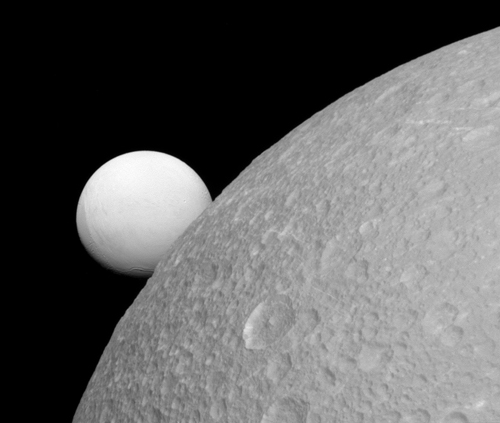This week Diane and I are in Mexico with friends doing some sightseeing. As is my habit, I can’t just enjoy the sights I have to ask a lot of questions while trying to get an impression of the place, its culture, its environment, its atmosphere, and its politics. Not surprisingly, the answers to some of those questions pointed me upward beyond the surface of the Earth. To understand why, read on.
Today we toured the inner parts of Mexico City, both on foot and by bus and subway (or the Metro as they call it here). I have spent considerable time in many of the world’s major cities, growing up in New York and visiting at length Moscow, Kiev, Prague, London, Chicago, Los Angeles and others. Mexico City has many of the same features you’d expect for this kind of big city, lots of people, lots of traffic, lots of buildings packed tight together, and lots of wealth and poverty sitting side-by-side.

Mexico City however to me seemed to be most crowded and the most packed of any city I have ever visited or lived in. Its size and population probably rivals that of the entire New York metropolitan area, but somehow the traffic and crowds and architecture seemed more piled on top of each other with far less breathing room.
First was the traffic. Everywhere we went it was wall to wall vehicles. The major highways were never quiet, even at night. Nor could I see much difference between midday and rush hours. The picture on the right shows us heading from in from an outer neighborhood where we were staying to take the subway into the center of the city. Not only was it bumper-to-bumper, but if you look out in the distance the road is bumper-to-bumper as far as the eye can see. My host Alfonso added at one point that in order to avoid this traffic many people routinely leave for work before 5 am and come home after 8 pm. Schools have multiple shifts, including ones at night.
A side note: The tall rectangular structures in the foreground are not buildings. This is a work of art, five several hundred foot tall cinderblock structures supposedly forming a hand pointing up, with the thicker yellow tower in the front representing the thumb.
» Read more




